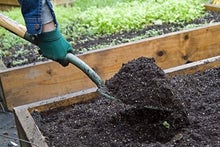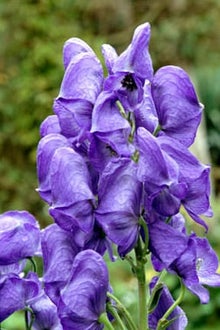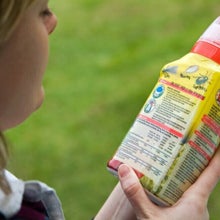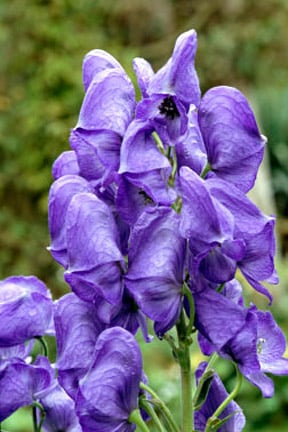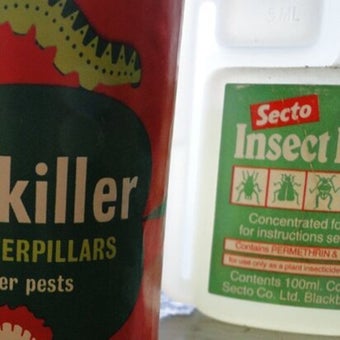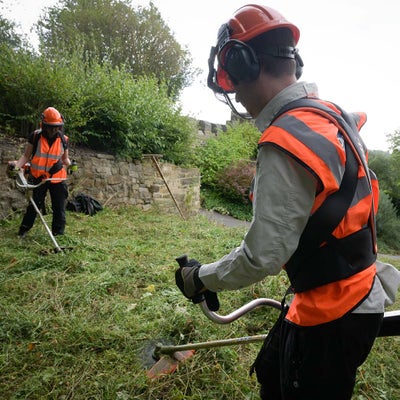
Quick facts
The HSE (Health and Safety Executive) webpage on PPE (Personal Protective Equipment) is for workplace situations, but contains information relevant to home gardeners.
The RoSPA (The Royal Society for the Prevention of Accidents) figures show that each year in the UK about 87,000 people suffer injuries while gardening or carrying out DIY jobs in the garden.
Taking sensible precautions by using PPE ensures gardening is a safe and enjoyable pastime.
People have different reactions to allergens in plants; some individuals may be highly sensitive to them, resulting in a severe allergic reaction.
Getting started
Gardening is, in general, a relaxing, rewarding, and safe pastime. However, when carrying out some gardening tasks, it’s prudent to use clothing and equipment to protect yourself from harm.
For many gardening tasks, simply wearing certain clothing, such as protective gloves or long sleeves, provides sufficient protection. Others, particularly those involving machinery, may require specific types of PPE (Personal Protective Equipment). Employers supplying PPE to their staff must choose products that are UKCA marked (or CE marked in some circumstances) – so when buying safety equipment for yourself, it makes sense to buy products with these marks as a guarantee they meet essential health and safety requirements.
When using plant protection products (insecticides, fungicides, herbicides, molluscicides and plant growth regulators) it’s important to read the label, as this will state what protection is required when mixing and applying that particular product. It is a legal requirement to comply with the statutory conditions of use (including operator protection) on the labels of plant protection products.
This page gives details of types of protective clothing and equipment, and what tasks they should be used for. For more advice on safety in the garden see:
Top Tip
With any gardening work, assess the risks involved and make an honest appraisal of your capabilities before starting. If doubtful that you can do the work safely, hire a professional gardener or contractor.
Types of protective clothing and equipment and their uses:
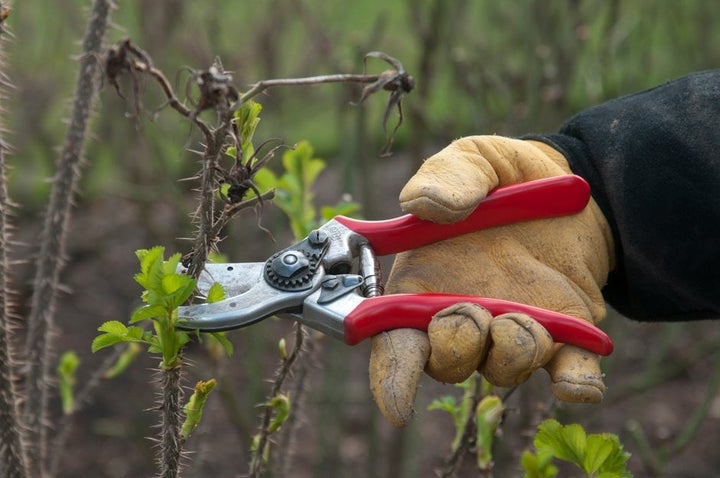
- Gloves Wear gloves when handling potentially harmful plants, fertilisers and plant protection products like . If you have a cut or open wound on your hand, it’s also advisable to wear gloves when handling soil or . It’s safe to touch fungi, as long as you wash your hands afterwards, but wear gloves if you’ll be handling them and won’t be able to wash your hands for a while.
Waterproof gloves, rather than those made from an absorbent fabric, give the best protection against harmful substances.
Thick, sturdy gloves provide protection against prickles, spines and thorns, found on common garden plants such as roses, barberry (Berberis) and firethorn (Pyracantha). When undertaking major work on plants with sharp protrusions, gloves with long cuffs (gauntlets) provide additional protection to your wrists and lower arms.
Gloves also provide some protection against cuts when using knives, saws, shears and hedge trimmers and can improve your grip on tools.
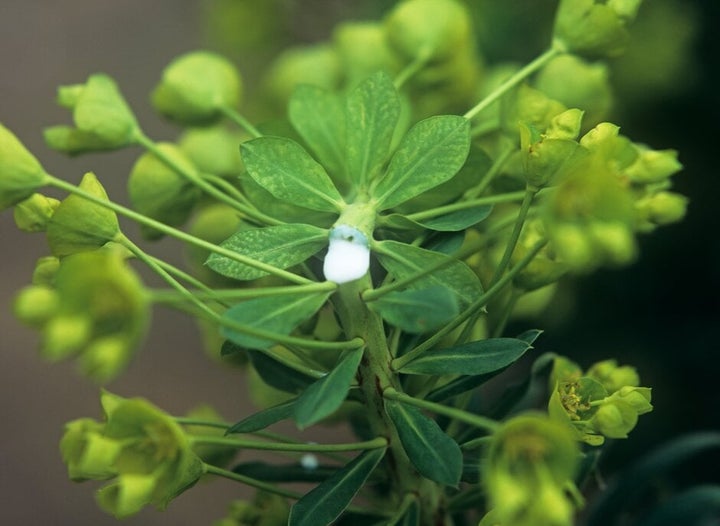
- Clothing to cover areas of skin Covering areas of bare skin, particularly arms and legs, provides some protection when working with plants that contain harmful sap and skin-irritating substances, such as Euphorbia pictured above. Even a thin layer of clothing can help.
Wearing long sleeves and trousers is advisable when using garden machinery, but avoid loose fitting, baggy clothing that could become snagged.
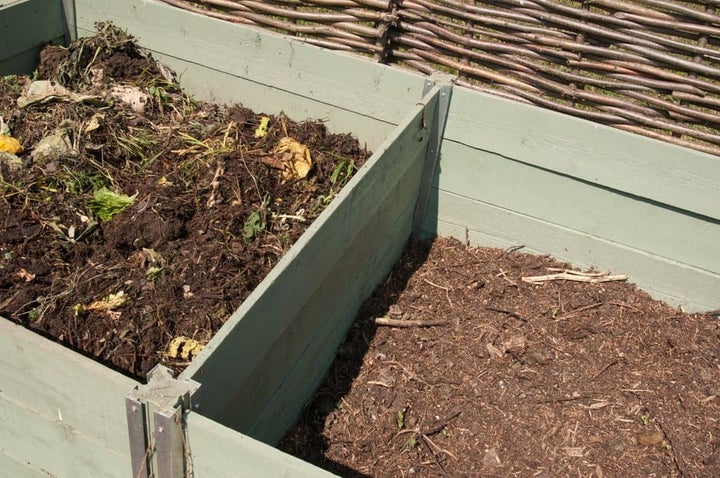
- Dust masks Dust particles are released from potting media when it is handled and moved, especially if it’s dry. Plants too can release tiny particles when disturbed - Ballota and Phlomis are common examples - and these can cause coughing and irritation when breathed in.
Turning a compost heap results in a higher than normal concentration of bioaerosols (airborne micro-organisms including fungal spores and some types of bacteria) in the immediate area. More information on bioaerosols can be found on the HSE (Health and Safety Executive) website.
Wearing a dust mask to cover your mouth and nose reduces the amount of dust, plant particles and bioaerosols that you inhale. People prone to allergies or with existing chest conditions, such as asthma or bronchitis, should take extra care. Where there is a risk of prolonged exposure, use a sealable respirator mask with filters rather than just a dust mask.
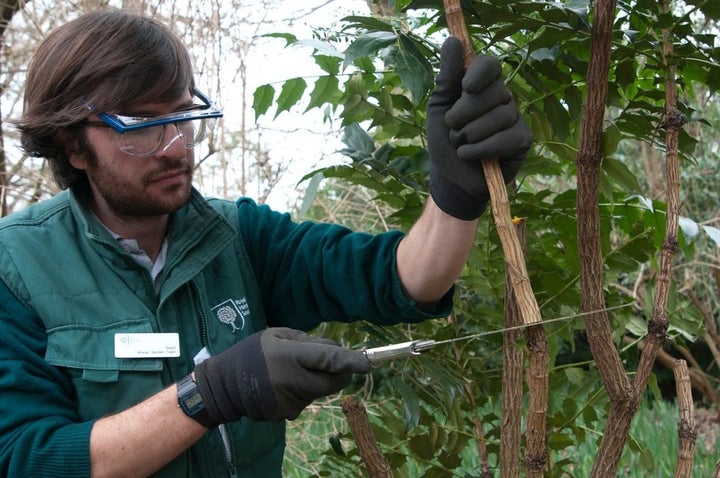
- Safety glasses, goggles, face shields and visors Small objects, such as stones or sections of twig, can be projected at great speed by the moving parts of garden machinery. Wearing safety glasses or a face shield when using a hedge trimmer or strimmer is strongly advised.
It is wise to protect your eyes during gardening tasks that involve being inside the canopy of plants or working on those like Mahonia, Phormium and Yucca with sharp or pointed leaves. Eye protection is also important when doing jobs that produce debris, such as sawdust and leaf trimmings, particularly in windy conditions where it could be blown into your eyes.
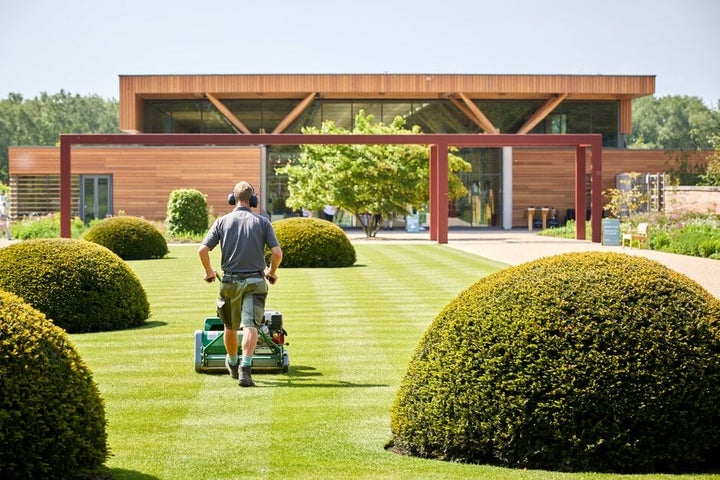
- Earplugs or ear defenders When using garden machinery, bear in mind the level and duration of noise you are exposed to. The RNID (Royal National Institute for Deaf People) website provides information on noise levels and exposure time that can damage hearing. It also has a useful list of familiar sources of noise and their decibel levels, allowing you to decide if you should wear earplugs or ear defenders while using your garden machinery.
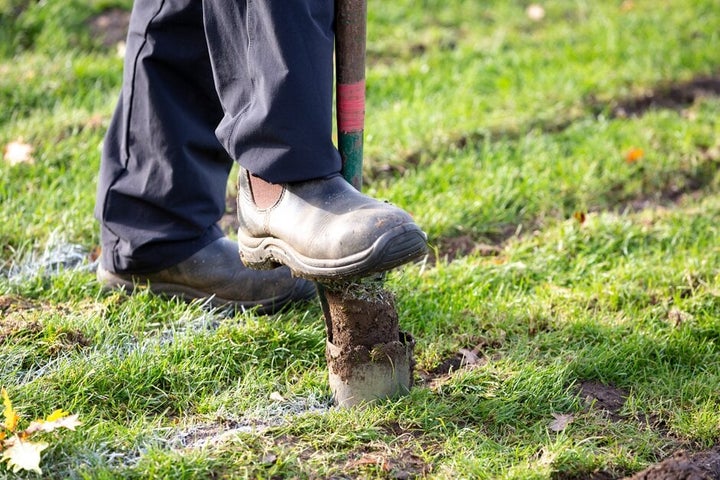
- Sturdy footwear or safety shoes/boots with protective toecaps It’s advisable to wear sturdy footwear when using hand tools and machinery, or lifting and moving heavy objects. Boots with protective toecaps give extra protection and may be worth investing in if you spend a lot of time doing heavy gardening work.
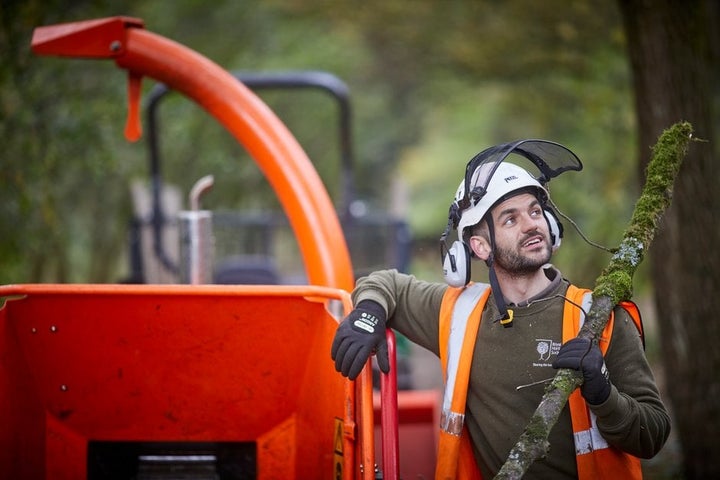
- Safety helmet Protect your head from falling objects when pruning shrubs, hedges and trees by wearing a safety helmet. Some safety helmets are fitted with glasses, face visors and ear defenders for additional protection.
Gardening safely
Wearing clothing or safety gear, such as gloves, long sleeves, safety googles and visors, to create a protective physical barrier is a simple way of keeping safe. Assessing a task and referring to information provided on this page will help you decide what PPE you need.
